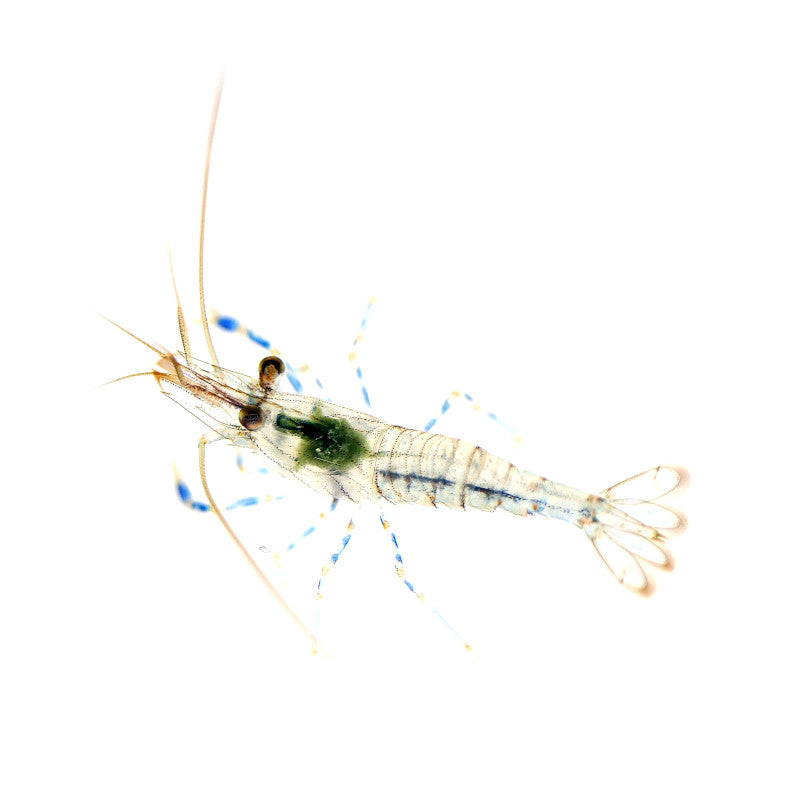Your live animal order is on the way and you are wondering how best to add the new arrivals to your aquarium?
No problem! You can find important information and tips for acclimating fish, corals, etc. here.
By the way, this is what it looks like when your package arrives:
ACCLIMATION OF MARINE FISH
- Turn off or dim the lights
- Place the closed fish bag in the aquarium water for about 15 minutes to allow the temperature to adjust
- Carefully open the bag with scissors
- Drain as much transport water as possible (not into the aquarium) and transfer the fish quickly into your reef tank
You can also use a big spoon or something similar to transfer the fish from the bag into the aquarium with a small amount of water. You should avoid letting the fish come into contact with air (e.g. when catching it with a net). Leave the light off for a while after putting it in, or leave it at low intensity.
We recommend that you do NOT drip the fish slowly .
Background: Fish should be removed from the transport water as quickly as possible. Slowly acclimating the fish by adjusting drop by drop can sometimes cause more stress for the animals than moving them quickly. Depending on the shipping time, pre-treatment of the water and the size or number of animals, the transport water can have high ammonium/ammonia values and a low pH value. If you gradually add fresh sea water (with a high pH value), the pH-dependent ammonium/ammonia ratio shifts towards toxic ammonia - i.e. the fish are slowly poisoned by the drops. You can avoid this by simply putting your new arrivals directly into the tank (with as little transport water as possible).
By the way: An exception is the acclimation of fish larvae (please use the dripping method here).
Additional tips before and after introducing new fish:
ACCLIMATION OF CORAL
Place the closed transport bag or container in the aquarium water for about 15 minutes to allow the temperature to adjust
Visual inspection: Examine the frags thoroughly for injuries or diseases
To prevent diseases and parasites prophylactically, you can use a coral dip
Light acclimatization (optional): First place the new corals near the bottom of your aquarium so that they can get used to the lighting conditions
After a few days, you can position the corals in the aquarium according to their needs using coral glue
Additional tips for acclimating new corals:
ACCLIMATION OF NON-CORAL INVERTEBRATES: THE DRIPPING METHOD
These include shrimps, Tridacna giant clams and anemones.
Turn off or dim the lights
Place the closed bag in the aquarium water for about 15 minutes to allow the temperature to adjust
Place the bag in a cup and carefully open it with scissors
Take a thin hose (e.g. air hose, silicone hose), put one end in the aquarium water (fasten if necessary) and the other end in the bag
Tie a knot in the hose to regulate the water flow
Suck the water out of the aquarium and adjust the knot so that about 2-3 drops per second drip into the bag
Once the amount of water in the bag has doubled, discard half of it and repeat the process until the amount has doubled again
Now carefully transfer the animal into your aquarium (e.g. using a cup). Make sure that it does not come into contact with air
We hope these checklists will help you to get your reef inhabitants used to their new home. Please give us feedback and tell us about your experiences.





